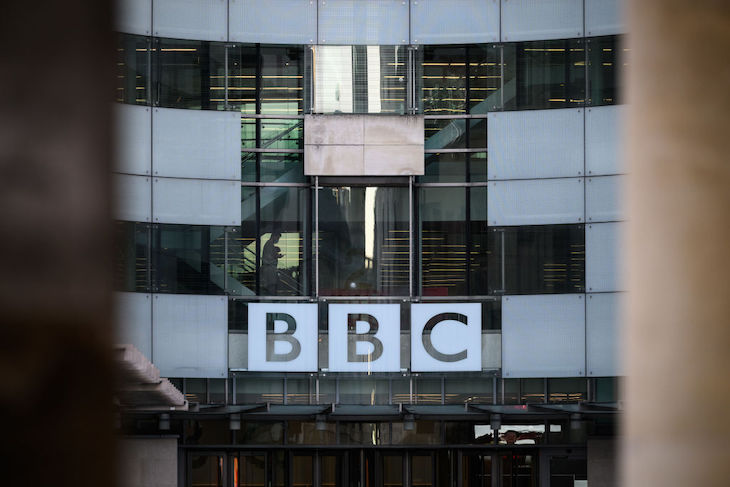Once again Pakistan’s strategy of asymmetric warfare against its larger South Asian neighbour has plunged the region to the brink of a wider war. Long-term Pakistani support of anti-India militant groups – in particular Lashkar-e-Taiba (LeT) and Jaish-e-Muhammad (JeM) – continually destabilises the region. The attack on tourists in the honeymoon location of Pahalgam meadow in Kashmir was deliberate, savage, targeted at Hindu men, and clearly targeted to provoke a response and create fertile ground for further action. Women who survived were told, ‘Tell this to Modi.’
Pakistan has lowered its threshold, so that a nuclear attack can be provoked by an Indian conventional attack on Pakistani military installations
The group who carried out the attack on 22 April called themselves the ‘Resistance Front,’ but were just another avatar of the Pakistan-financed LeT and JeM factions. Earlier this year, India had warned about the Resistance Front, and wanted them to be included in the UN’s six-monthly global assessment of terrorist threats. But Pakistan opposed the inclusion.
An Indian military response to the Pahalgam attack was inevitable. And on Wednesday it came, with strikes on nine ‘training camps.’ India faced the challenge of how to respond in an effective way, without provoking a wider war, or killing too many civilians. They succeeded in the latter aim, with low numbers of civilian casualties.
Pakistan’s prime minister Shehbaz Sharif called the attacks an act of war, demanding a ‘befitting reply,’ which came in cross-border exchanges of fire across the line of control between Indian and Pakistani Kashmir. India also sent more drones to attack targets near Lahore. Pakistan raised tensions further by claiming that ’40-50 Indian soldiers’ were killed in the cross-border exchanges. There has been no confirmation from India of this claim.
In deciding options, the military and politicians on both sides operate against a background of an unreflective media landscape, with rabid material on TV, as presenters stand in front of graphic simulations of nuclear attacks on major cities and talk shows field banks of analysts baying for blood. There is nothing like a conflict for bringing national unity and reducing domestic political disagreements. Even opponents of the Modi administration are behind the government. A prominent Indian YouTuber, Dhruv Rathee, who has to operate outside the country, said at a media conference in London on Wednesday that ‘India had to respond, I feel this has united India.’
This media polarisation has been exacerbated by the growing spread of disinformation on social media, exaggerating the losses of the enemy and the effect of Indian attacks. It is unclear how many Indian planes were shot down. Pakistan claimed five were destroyed, along with a drone. At least one plane appears to have crashed inside Indian territory, but material on X that showed wreckage came from a 2021 crash. And posts on Indian social media of a major fire at a military base at Sialkot came from an unrelated incident in 2022.
India’s need for a calibrated response to Pakistani-backed attacks in its territory has become more focused in recent years since Pakistan’s nuclear posture has changed. Pakistan has lowered its threshold, so that a nuclear attack can be provoked by an Indian conventional attack on Pakistani military installations. Given Pakistan’s new nuclear posture, reporting the attacks this week as being on a military installation is highly irresponsible.
This is the fourth major attack on India coming from Pakistan this century. There was an attack on the Indian parliament in 2001, a major assault on the Taj Hotel and a synagogue in Mumbai in 2008, and an attack on troops on a bus in Kashmir in 2019. In all of those previous incidents, international influence, particularly from the US and UK, calmed passions and lowered the risk of a wider war. America’s reduced capacity and desire to influence international events has made the outcome of the continuing crisis in South Asia less predictable.
But however the immediate conflict ends, the wider issue of Pakistani’s continued support of cross-border attacks by small units of gunmen and suicide bombers will not be ended by a few attacks on ‘training camps,’ which have little infrastructure and are mostly based at mosques. So it is likely that the cycle will continue every few years unless the two sides can chart a different path.









Comments